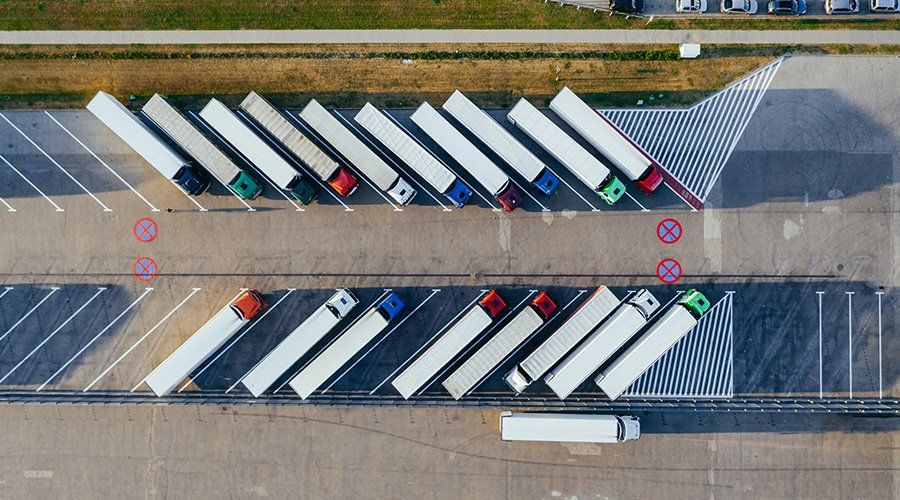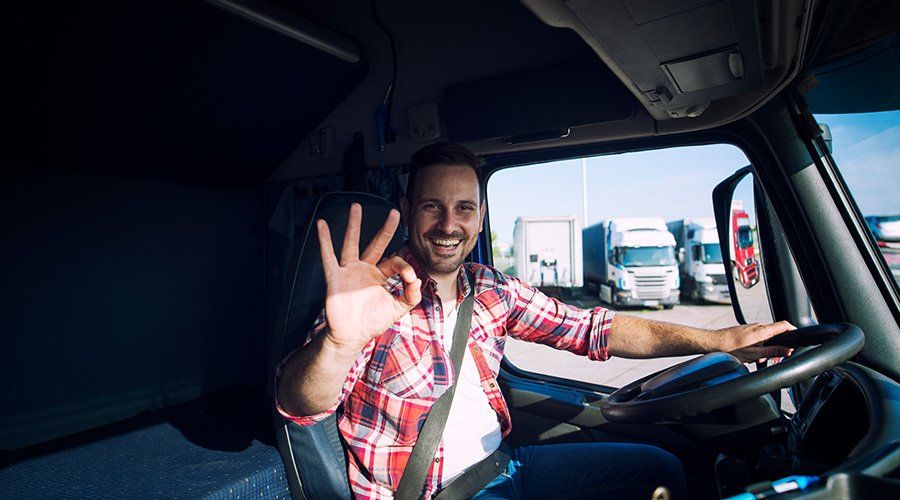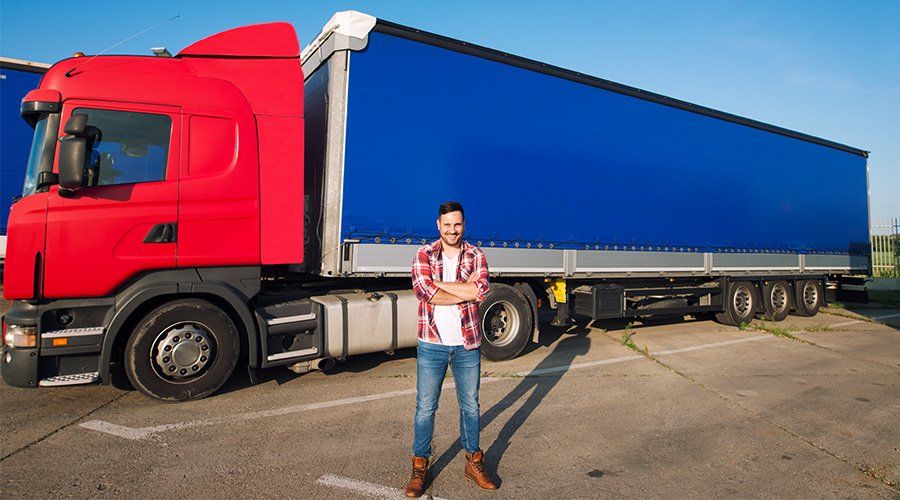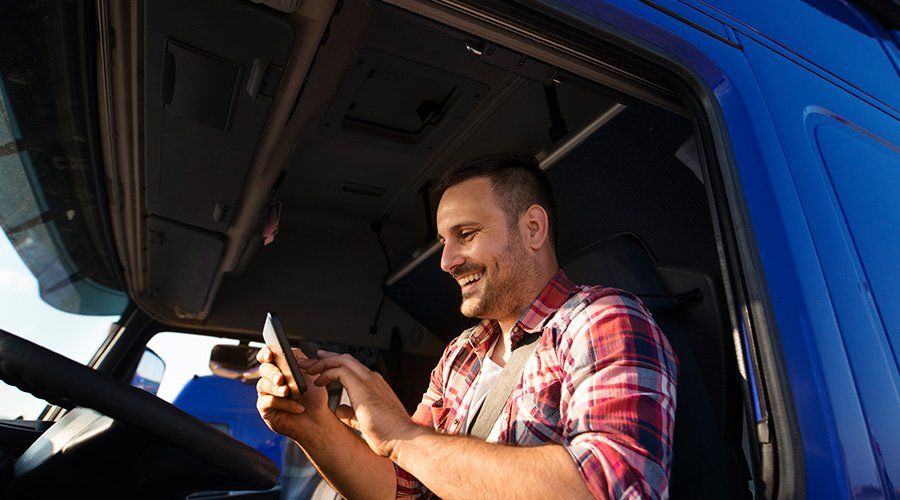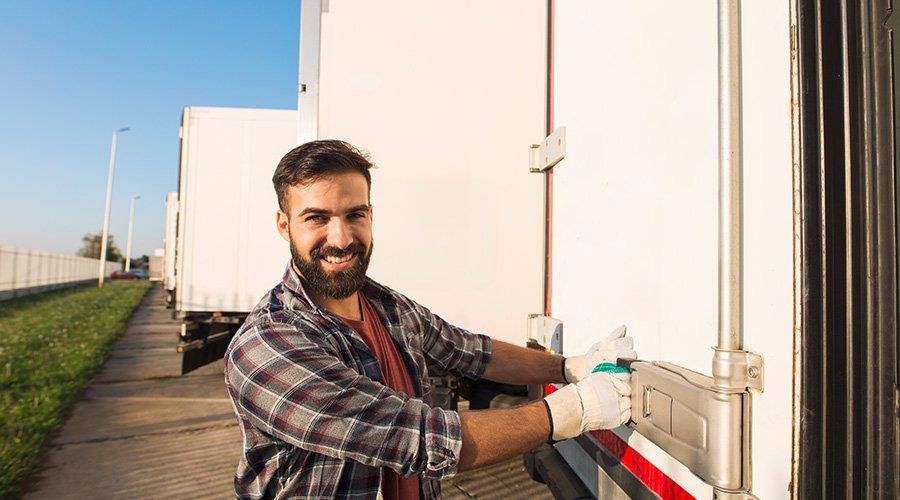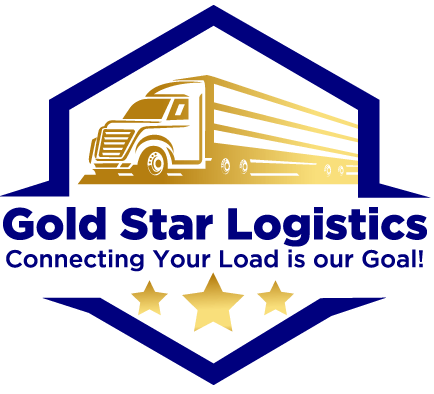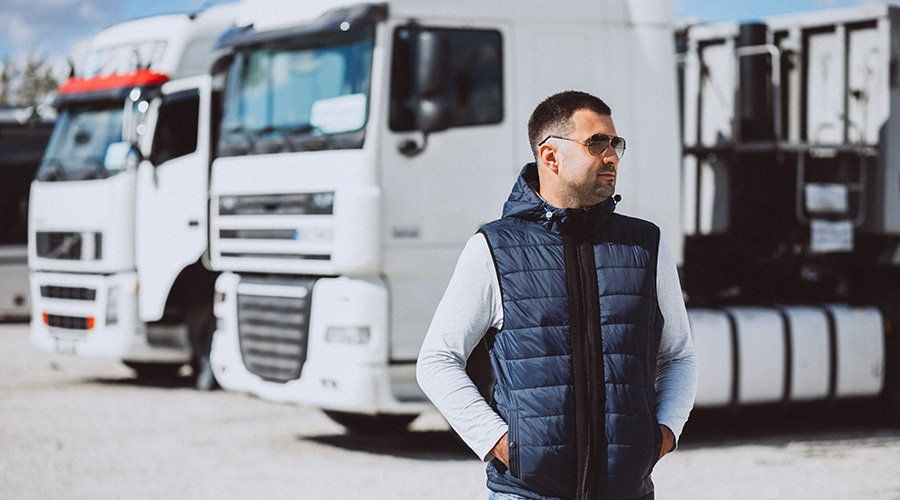
It’s impossible to think of the trucking industry without considering Amazon. In 2019, the company delivered
4.5 billion packages in the United States. Their Amazon Delivery Service Partner Program enables anyone with some startup capital the opportunity to get involved in their massively successful business venture. There are
pros and cons to becoming an Amazon DSP, but the steady stream of work is certainly eye-catching to start-up trucking companies. Amazon lays out some of the
most important information, but let’s take a look at some frequently asked questions.
What Is a Delivery Service Partner?
It’s exactly what it sounds like—you become a delivery partner for Amazon. You operate the business entirely on your own, including business set up (Gold Star can help!), hiring (link to “Hiring Truck Drivers: Top 3 Strategies from a Pro”), and managing, but you deliver packages on behalf of Amazon. Amazon bills this as an ideal startup operation for people of all kinds, not just those with a background in logistics.
What Are the Steps of Becoming an Amazon Delivery Service Partner?
Becoming an Amazon Delivery Service Partner begins with an online application, which asks questions aimed at uncovering your work experience, leadership skills, financial health, community involvement, and geographic preferences. In addition to this application, much like an employment application, you will be expected to pass a credit check, background check, and MVR.
After this initial step, if you’re selected to move forward, you will partake in a screening interview. Following the screening interview, you will attend a live webinar with a current Amazon DSP owner, who will answer any questions you hav. Finally, you will move on to the final round of virtual interviews.
Do I Have to Supply My Own Vehicles?
Yes, delivery partners with Amazon are required to supply their own fleet of vans. Amazon does have specific vehicle specification requirements, and you are expected to meet these qualifications. Amazon also has pre-negotiated flexible lease rates for any startup delivery services who don’t currently own a fleet of vans but want to lease Amazon-branded vans to get started.
What Are the Costs Associated with Becoming an Amazon Delivery Service Partner?
While the actual startup costs associated with becoming an Amazon Delivery Service Partner are only about $10,000 (including business set-up but not including leasing or purchasing vans), Amazon does require proof of $30,000 in liquid assets to begin. Learn more about this in
Amazon’s detailed FAQ.
How Does Amazon Pay Me?
Amazon’s payment structure is broken down into three parts. You will receive a fixed monthly payment, the amount of which is based upon the number of vans you operate. You will also receive a route rate dependent upon the length of the route. And finally, you’ll be paid per successful package delivery. Amazon projects that, if you operate between 20 and 40 vans, you can make between $1M and $4.5M in revenue, with annual profits of $75K to $300K.
What Supports Does Amazon Provide?
While you are expected to do the day-to-day work—including setting up your business, building and coaching your team, delivering packages, and growing your business—Amazon does provide support to help you get started. They have negotiated deals for Amazon-branded delivery vans, insurance, hand-held devices, payroll technology, and more. They also provide two weeks of hand-on training and a comprehensive toolkit, including the technology needed to smoothly interface with them. Finally, you will be connected with a dedicated business coach and area manager and ongoing support from their team.
Want to become an Amazon Delivery Services Partner but find business set up intimidating? Gold Star offers
several business set up packages that can get you started.

